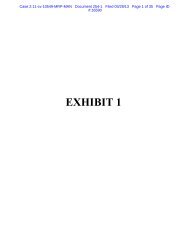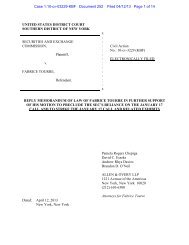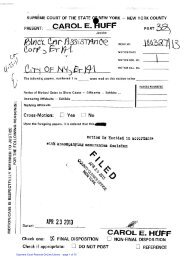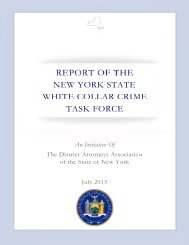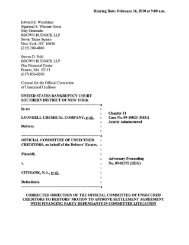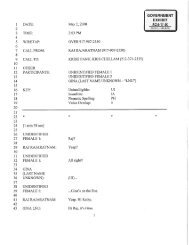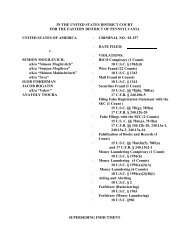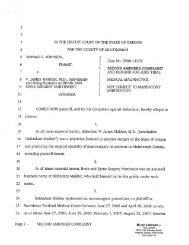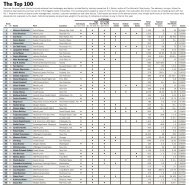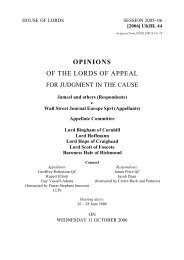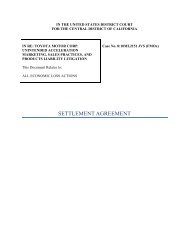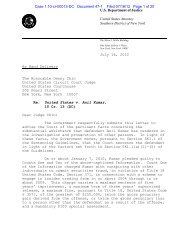Salz Review - Wall Street Journal
Salz Review - Wall Street Journal
Salz Review - Wall Street Journal
Create successful ePaper yourself
Turn your PDF publications into a flip-book with our unique Google optimized e-Paper software.
153<br />
<strong>Salz</strong> <strong>Review</strong><br />
An Independent <strong>Review</strong> of Barclays’ Business Practices<br />
12.16 The Principal Risks are defined by Barclays as follows: 244<br />
― Credit risk is the suffering of financial loss should any customers, clients or<br />
market counterparties fail to fulfil their contractual obligations;<br />
― Market risk is the reduction to earnings or capital due to the volatility of any<br />
trading book positions or an inability to hedge the banking book<br />
balance sheet;<br />
― Funding risk is the failure to maintain necessary capital ratios to support<br />
business activity and meet regulatory requirements and the failure to meet<br />
liquidity obligations;<br />
― Operational risk is the direct or indirect impacts resulting from human<br />
factors, inadequate or failed internal processes and systems, or external events;<br />
― Conduct risk is detriment to the bank, customers, clients or counterparties<br />
because of inappropriate execution of business activities;<br />
― Reputation risk is damage to the brand arising from any association, action<br />
or inaction which is perceived by stakeholders to be inappropriate<br />
or unethical.<br />
Credit, Market and Funding Risk<br />
12.17 Credit, Market and Funding risk are essential components of risk management in all<br />
banks and were severely tested in the financial crisis.<br />
12.18 Barclays’ performance through the crisis would suggest that its efforts in this area<br />
were reasonably effective. In particular, we have noted market leading practices<br />
including early development of a formal risk appetite process for financial risks, the<br />
establishment of Group-wide ‘Mandate and Scales’ limits and in the development of<br />
credit portfolio analytics. Joint sign-off between market and credit risk and integrated<br />
daily Value at Risk (VaR) production, stress testing and reporting process were also<br />
good practices.<br />
12.19 This picture was confirmed by interviewees from both the front office and the risk<br />
function. Notwithstanding this generally positive picture, we observed instances of<br />
limit excesses or particular risk concentrations:<br />
― The front office has sometimes exceeded limits. This is particularly important<br />
because, in addition to its execution of client transactions, Barclays has<br />
historically operated some proprietary trading or principal trading businesses<br />
which required close supervision given the risks being taken;<br />
― Losses in the US structured credit business suggest that the business did not<br />
fully assess the risk taken on (although the market volatility was unusually<br />
high);<br />
― The real estate portfolio in certain business units, for example in Spain,<br />
became overly concentrated in property and construction.<br />
244 See: Barclays, Annual Report 2012, March 2013, pp. 28, 116, and 187-9.



